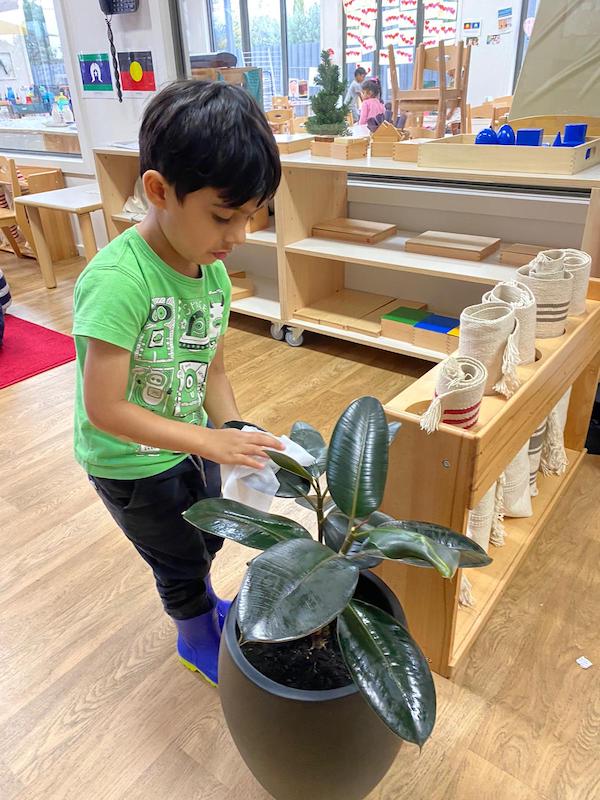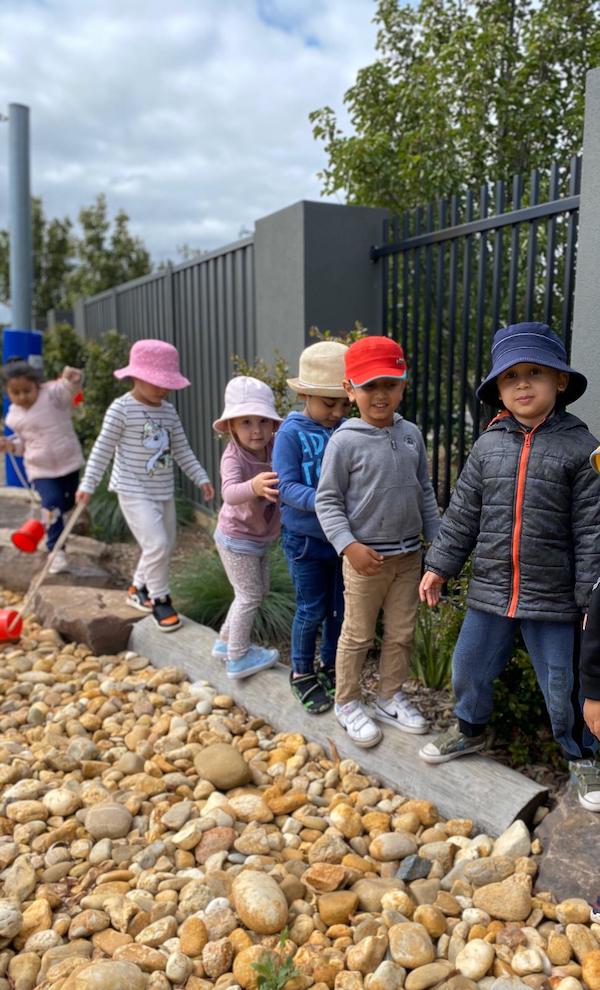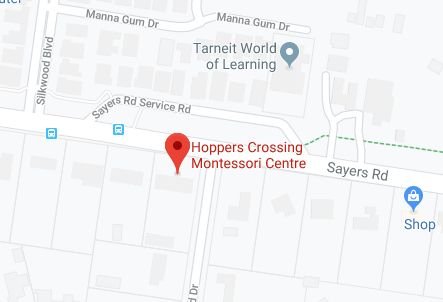 The Practical Life area of the Montessori Children’s House is unique among Early Childhood Education environments.
The Practical Life area of the Montessori Children’s House is unique among Early Childhood Education environments.
It evolved during the early years of Montessori work, in response to observed needs as well as in response to unexpected manifestations among the children.
The Practical Life area emerged as Montessori’s response to many observations and spontaneous revelations during her early work with children.
These include:
- Recognition of the child’s essential development of internal order through the external order of the environment, and the child’s natural interest in perfecting logical sequencing through imitation of everyday activities observed in the environment.
- Recognition of the importance of physical activity in children’s daily life, reflecting the child’s natural work of perfecting the coordination of movement – movement of the whole body (locomotion and equilibrium) and movement of the hand (fine motor, eye-hand, and manual dexterity).
- Montessori’s own priorities as a modern physician who was interested in issues of hygiene, nutrition, and the phenomena of physical growth.
- Observation of spontaneous interests of the children, such as their expressed desire to accomplish the tasks of the adults who care for the environment of the Casa – tasks of housekeeping, food preparation, and gardening; and children’s desire to independently carry out tasks of self-care.
- Observation of the children’s emergent appreciation of the environment and their spontaneous impulse to keep its objects in order, to clean up after a spill or when something was broken.
- Observation of the children’s spontaneous interest in how to conduct the simple exchanges of social life.
 Montessori thereby recognised the significance of practical, everyday activities as motives of activity for the child’s self-construction as guided by natural laws of development.
Montessori thereby recognised the significance of practical, everyday activities as motives of activity for the child’s self-construction as guided by natural laws of development.
This recognition led to Montessori’s significant discovery of normalisation in first plane children and its extreme importance for individual and social life.
We understand and offer the entire practical life area as the foundation of normalisation in a Casa community.
The area of Practical Life thus evolved from such revelations, taking on a pedagogical significance in the Casa which far exceeded any apparent utility or function in its specific activities.
Practical Life activities are typically organised into five sections or aspects:
- Social Relations (also known as Grace and Courtesy) like how to sit in a chair, how to roll a mat, how to ask for help; how food is taken, etc
- Control and Coordination of Movement like carrying a chair, unrolling and rolling a mat, folding clothes, opening and closing, spooning, etc
- Care of the Person like button frames, buckle frames, lacing frames, polishing shoes, etc
- Care of the Environment like polishing metals, dusting, washing table, caring for plants, etc

